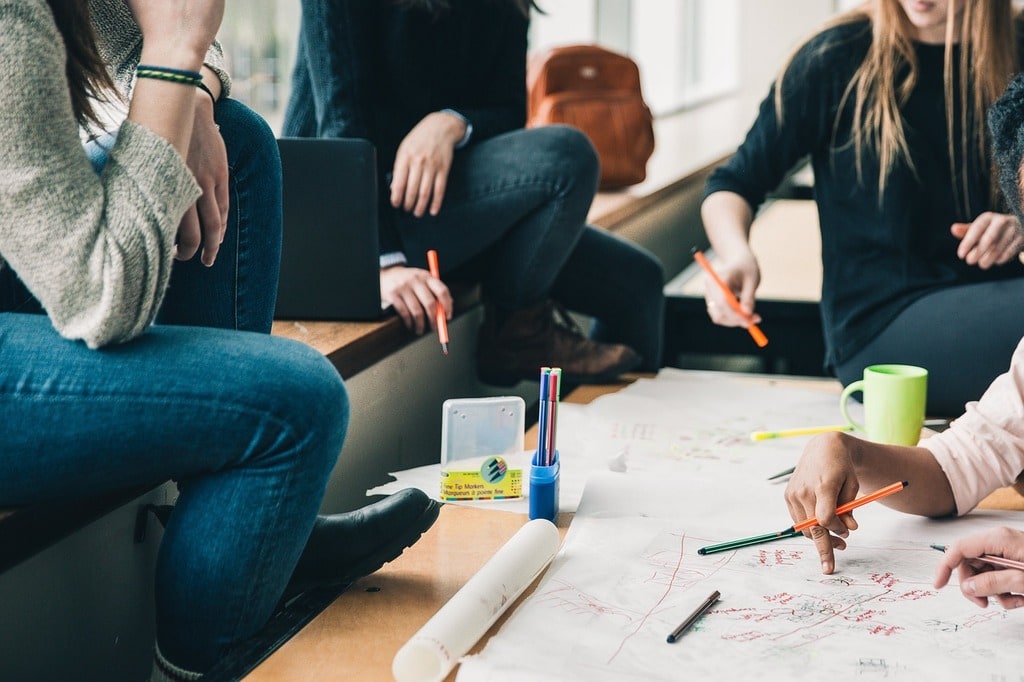Innovative teaching methods are transforming modern education, making learning more engaging, personalized, and effective. These methods leverage technology and creative approaches to meet the diverse needs of today’s students. By embracing these innovations, educators can create dynamic and interactive learning environments that prepare students for the future.
Transforming Education with Innovative Teaching Methods
The landscape of education has drastically changed with the advent of new teaching methods. Traditional lecture-based learning is being complemented and sometimes replaced by strategies that foster active participation and critical thinking. These innovative approaches are not only making learning more enjoyable but also more impactful.
One such method is project-based learning (PBL). PBL encourages students to explore real-world problems and challenges, working on projects that require critical thinking, collaboration, and creativity. This method helps students develop practical skills and deep understanding by applying their knowledge in meaningful ways.
Technology-Enhanced Learning
Incorporating technology into the classroom is a hallmark of modern education. Tools such as interactive whiteboards, tablets, and educational software provide new opportunities for students to engage with content. These technologies make learning more interactive and can be tailored to individual student needs, offering a personalized learning experience.
For example, gamification of education uses game design elements to make learning fun and engaging. By introducing elements like points, badges, and leaderboards, students are motivated to participate and achieve. This approach has shown significant improvements in student engagement and retention of information.

Flipped Classroom Model
The flipped classroom model is another innovative approach that is gaining traction. In this model, traditional homework and in-class activities are reversed. Students first encounter new material at home, usually through video lectures or reading assignments. Then, classroom time is dedicated to exercises, projects, or discussions that deepen understanding and promote active learning.
This method allows students to learn at their own pace and come to class prepared to engage in higher-order thinking activities. It shifts the focus from passive reception of information to active problem-solving and collaboration.
Collaborative Learning
Collaborative learning emphasizes the importance of student interaction and teamwork. Through group activities and discussions, students learn to communicate effectively, share ideas, and solve problems together. This approach not only enhances understanding but also builds essential social and interpersonal skills.
Educators can facilitate collaborative learning by organizing group projects, peer review sessions, and interactive discussions. These activities encourage students to learn from each other and develop a deeper understanding of the subject matter.
Benefits of Diverse Teaching Methods
- Enhanced Engagement: innovative methods capture students’ interest and make learning more enjoyable.
- Personalized Learning: technology allows for tailored educational experiences that meet individual student needs.
- Skill Development: approaches like PBL and collaborative learning foster critical thinking, problem-solving, and teamwork skills.
- Increased Retention: interactive and practical learning experiences improve information retention and application.
Focus on Student-Centered Learning
Student-centered learning is at the heart of many innovative teaching methods. This approach shifts the focus from teacher-led instruction to student-driven learning. In a student-centered classroom, students take an active role in their education, setting goals, and taking responsibility for their learning outcomes.
Methods such as inquiry-based learning and self-directed projects empower students to pursue their interests and curiosities. This autonomy fosters a love for learning and encourages lifelong learning habits.
Creating Inclusive Learning Environments
Innovative teaching methods also play a crucial role in creating inclusive learning environments. By recognizing and addressing the diverse needs of students, educators can ensure that every student has the opportunity to succeed.
Differentiated instruction is one strategy that supports inclusive education. This method involves tailoring instruction to meet the varying abilities and learning styles of students. By providing multiple pathways to learning, educators can reach every student and help them achieve their full potential.
Embracing the Future of Education
The future of education lies in the continuous adoption and adaptation of innovative teaching methods. As technology evolves and our understanding of effective teaching grows, educators must remain open to new ideas and practices. By embracing these changes, they can create learning environments that not only educate but also inspire.
In conclusion, the integration of innovative teaching methods in modern education is transforming the way students learn and succeed. These methods, from technology-enhanced learning to collaborative and student-centered approaches, offer numerous benefits that prepare students for a dynamic and ever-changing world. Embracing these innovations will undoubtedly lead to more effective and engaging educational experiences.
